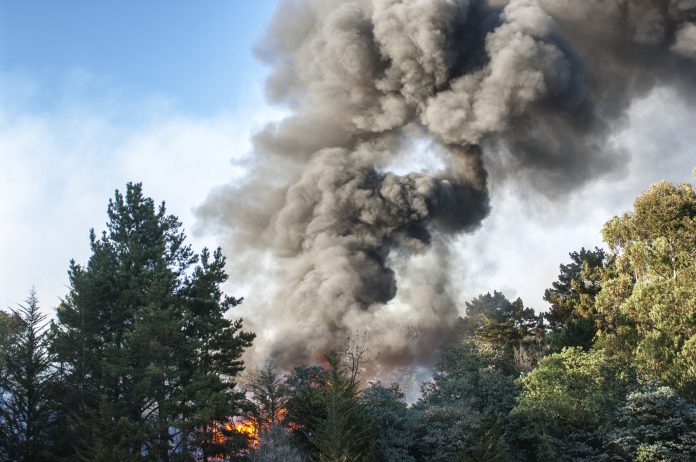As wildfires continue to spread across various parts of America, a new concern has emerged for patients scheduled for surgery
Recent research highlighted in the journal Anesthesiology highlights the potential risks set by wildfire smoke to those undergoing anaesthesia and surgery, urging healthcare providers to take proactive measures to safeguard patient health.
The impact of wildfire smoke on surgical outcomes
Wildfire smoke isn’t just a visible problem; it carries a mixture of fine particles and chemicals that can deeply affect health. According to Dr. Vijay Krishnamoorthy, senior author of the study and chief of Critical Care Medicine at Duke University School of Medicine, wildfire smoke induces inflammation and oxidative stress in the body, worsening conditions such as heart and lung diseases.
This heightened risk is particularly concerning for patients scheduled for surgery, as their susceptibility to adverse outcomes may increase significantly.
Understanding the health risks
When inhaled, fine particles from wildfire smoke penetrate the circulatory system, potentially damaging the heart, lungs, and other vital organs.
This process can lead to a range of complications, including cardiovascular issues like heart attacks, irregular heart rhythms, and even stroke. Young children and individuals with pre-existing health conditions, such as asthma and obesity, are especially vulnerable to these effects.
Bridging knowledge gaps
Despite the growing awareness of these risks, there remain significant gaps in understanding how wildfire smoke specifically impacts surgical outcomes. Researchers advocate for further studies that link geographic smoke exposure data with surgical outcome databases to better inform clinical practices. Dr. Krishnamoorthy’s team is actively developing models to predict the effects of high particulate pollution levels on surgical patients, aiming to establish guidelines that mitigate risks effectively.
Practical steps for healthcare providers
In response to these findings, healthcare providers are encouraged to consider several precautionary measures:
- Preoperative assessment:
- Screening patients for recent wildfire smoke exposure and assessing their respiratory health status.
- Timing of surgery:
- Considering rescheduling surgeries during periods of high smoke exposure to minimise risks.
- Adaptation of anaesthesia plans:
- Adjusting anaesthesia protocols to accommodate patients’ respiratory challenges exacerbated by smoke inhalation.
Future directions for protecting patients in surgery
Looking ahead, the goal is to assign anesthesiologists with comprehensive guidelines tailored to manage wildfire smoke-related risks effectively. By integrating evolving research and real-time smoke exposure data, healthcare providers can optimise patient care strategies and improve surgical outcomes.
As wildfires become more frequent and severe, the healthcare community faces a growing imperative to address the challenges set by wildfire smoke.
Through collaborative research efforts and proactive clinical measures, clinicians can mitigate the adverse impacts on surgical patients, ensuring safer outcomes amidst unpredictable environmental conditions.











